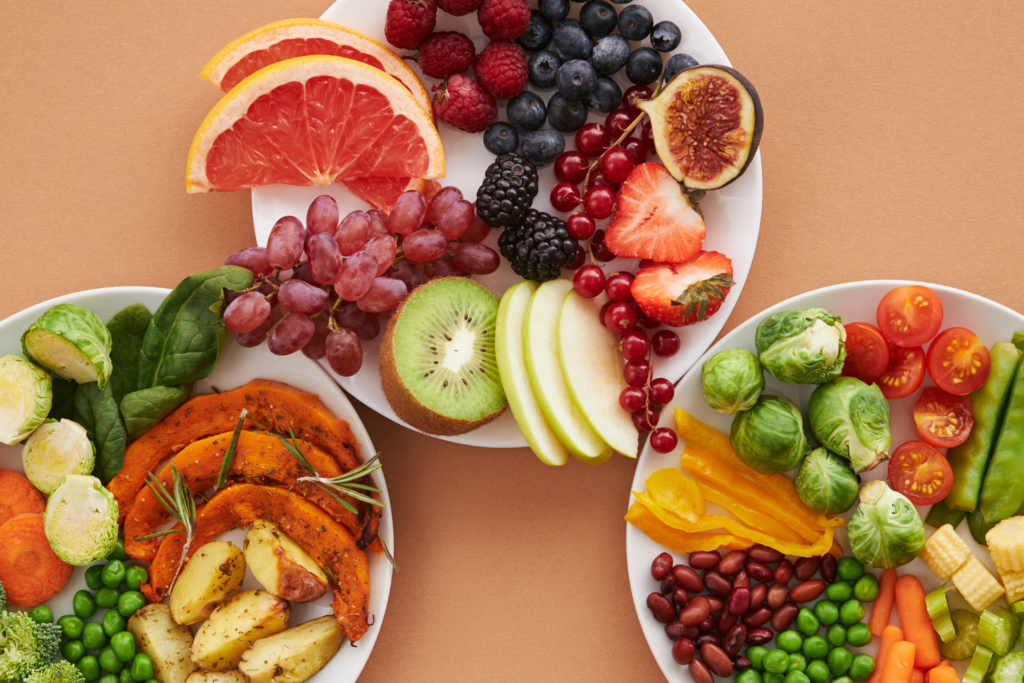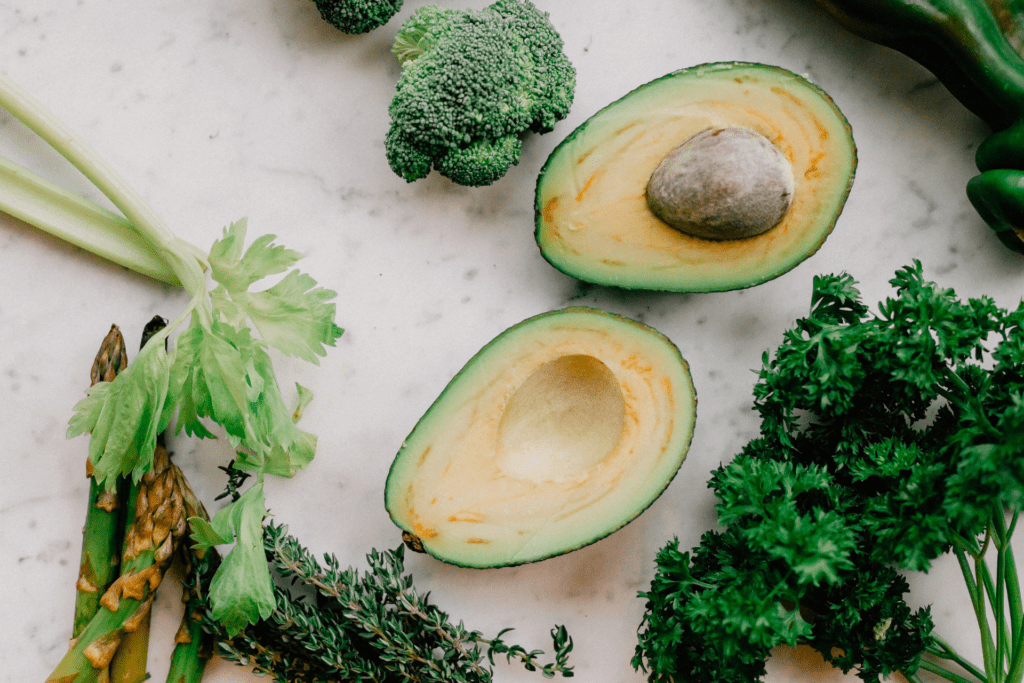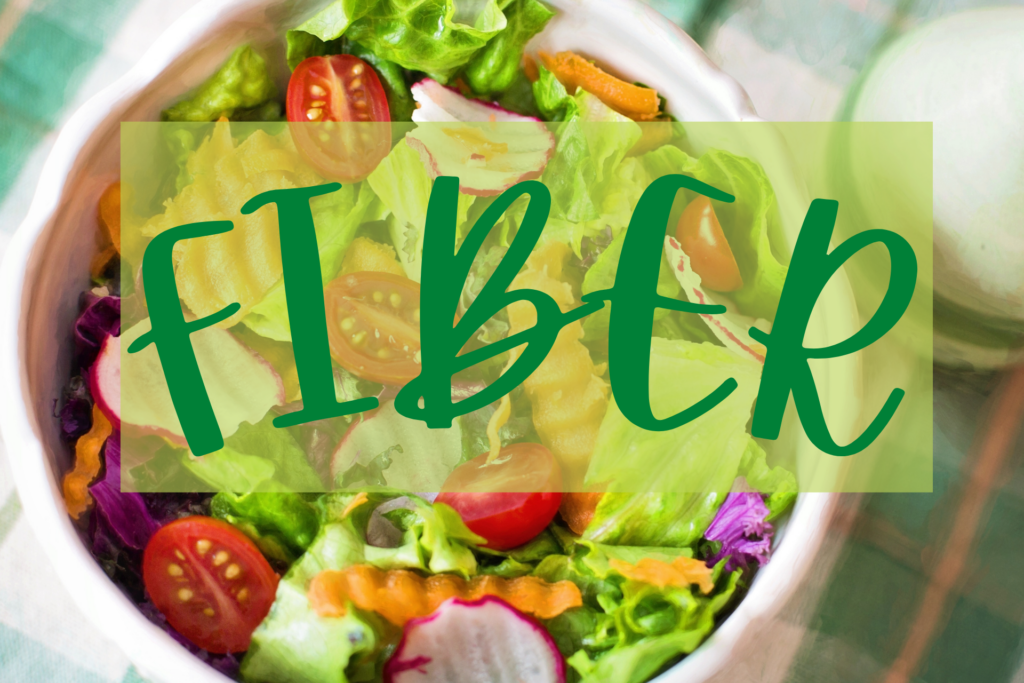Fiber Rich Foods Weight Loss: The Best Diet for Optimal Results
High-fiber foods can be an important part of any weight-loss plan. Eating more fiber can help you feel full longer, reduce hunger and cravings, and even help regulate your metabolism. These foods can also help you with weight loss in other ways. They’re often low in calories, contain essential vitamins and minerals, and they’re an important part of any balanced diet.
Fiber Rich Foods Weight Loss: The Benefits
Here are five reasons why it’s important to include such foods in your meal plan:
- You Feel Fuller Longer: Eating high-fiber foods can help you feel full longer because they take longer to digest. This can help you avoid snacking and overeating.
- Reduced Cravings: It can help reduce cravings by slowing down the rate at which your body digests food. This can help you feel more satisfied after meals and reduce your urge to snack.
- Better Metabolism: Eating a high-fiber meal plan can help increase your metabolic rate and help you burn more calories.
- Low Calories: They are generally low in calories, so they can help you lose weight without sacrificing important nutrients.
- Essential Part of a Balanced Diet: These foods can help provide essential vitamins and minerals. This can help you get the nutrients you need while you pursue weight loss
In addition to weight loss, here are some of the other benefits:
- Improved Digestive Health: It helps to keep your digestive system regular, which can help to prevent the formation of digestive issues. This type of diet can also help to reduce the risk of developing conditions such as diverticulitis, constipation, and irritable bowel syndrome.
- Lower Cholesterol: These foods can help to reduce cholesterol levels, as fiber binds to cholesterol and helps to remove it from your body.
- Blood Sugar Control: It can help to regulate blood sugar levels, preventing spikes and dips in blood sugar that can cause fatigue and hunger.

Here are some nutrition guidelines for fiber-rich food weight loss:
- Eat Whole Foods: Eating whole foods is the best way to get the most fiber in your diet. Whole grains, fruits, vegetables, and legumes are all excellent sources. They are also packed with other beneficial vitamins and minerals.
- Add High-Fiber Foods to Your Diet: Start adding more fibrous foods to your diet on a weekly basis. Examples include oatmeal, whole wheat bread, beans, lentils, and nuts.
- Snack Better: Snacking can help you stay on track with your weight loss goals. Choose snacks that are high in fiber, such as fruits, vegetables, nuts, seeds, and whole-grain crackers.
- Drink Plenty of Water: Water helps to keep your body hydrated and your digestive system functioning properly. Drinking plenty of water also helps to keep fiber moving through your system.
- Monitor Your Fiber Intake: Too much fiber can cause digestive issues such as bloating and gas. The recommended daily intake of fiber is 25-35 grams per day, but it’s best to talk to your doctor or nutritionist if you’re unsure. When in doubt, go slow when adding fiber.
- Eat Mindfully: Eating mindfully can help you to be aware of what you are eating, how much you are eating, and how it makes you feel. Try to focus on your food, savor the flavors, and take your time when you eat.
- Avoid “liquid sugar”: Liquid sugar is a major contributor to the current obesity epidemic. It’s easy to consume high amounts of liquid sugar without realizing it, as it is often found in sweetened coffee or tea, fruit juices, and even some sports drinks. Consuming too much liquid sugar can lead to weight gain, diabetes, and other health problems. Stick with water as your primary drink of choice.
- Get Enough Sleep: Getting enough sleep is essential for weight loss. Lack of sleep can increase cortisol levels which can lead to hunger, cravings, and overeating. Aim to get seven to nine hours of sleep each night.
Beneficial Foods for Fat Loss
Look for plant-based foods such as fruits, vegetables, legumes, nuts, and whole grains. Here are a few sources:
Vegetables
- Artichokes
- Broccoli
- Brussels sprouts
- Kale
- Green peas
- Okra
- Spinach
- Sweet potatoes
Fruits
- Avocados
- Raspberries
- Blackberries
- Pears
- Apples
- Bananas
- Cantaloupe
- Oranges
Grains
- Oatmeal
- Barley
- Quinoa
- Brown rice
- Bulgur
- Whole wheat bread
Legumes
- Chickpeas
- Lentils
- Black beans
- Kidney beans
- Split peas
- Pinto beans
Nuts and Seeds
- Almonds
- Walnuts
- Chia seeds
- Flaxseeds
- Pumpkin seeds

Tips for Incorporating into Your Diet
- Try oatmeal with nuts and seeds, whole grain toast with nut butter, or a smoothie with leafy greens and nuts.
- Add more fruits and vegetables to your diet. Choose a variety of colors, and aim for at least five servings a day.
- Incorporate pulses into your diet. Pulses include beans, lentils, chickpeas, and split peas. They’re a great source of fiber, protein, and a variety of vitamins and minerals.
- Bulk up your salads. Add nuts, seeds, and legumes to salads or use them as toppings.
- Enjoy whole grains. Choose brown rice, quinoa, and whole wheat pasta over their processed counterparts.
- Try nuts and seeds, apples with nut butter, edamame, or popcorn for healthy snacks
- Try incorporating more whole grains into your baking. Replace white flour with whole wheat or almond flour.
- Use the “rule of 5.” Aim for five grams of fiber per serving of food.
- Try adding ground flaxseeds to your meals. They’re also a great source of omega-3 fatty acids.
- When dining out, look for dishes with beans, whole grains, and vegetables as the main ingredients.
Tracking Your Progress
Achieving your fiber intake goals can be a challenge. But tracking is a great way to reach your goals. Here are some tips for monitoring your fiber intake:
- Track your meals: Keeping a food diary is a great way to track your fiber intake. Make sure to record the type and amount of foods you are eating and how much fiber is in each meal.
- Use a tracking app: There are many apps available that can help you track your fiber intake. These apps can help you determine which foods are high in fiber and how much fiber each food contains.
- Read food labels: When you are grocery shopping, make sure to check the food labels for fiber content. This will help you choose foods that are high in fiber.
- Adjust your goals: If you are having any nausea, bloating, or GI distress, you can adjust them. Start by slowly adding fiber and don’t increase your fiber intake too quickly.
Summary: Fiber Rich Foods Weight Loss
Fiber rich foods weight loss is an excellent way to achieve and maintain a healthy weight. It can provide numerous health benefits in addition to weight loss. It can help you to feel fuller longer and can help regulate your digestive system.

